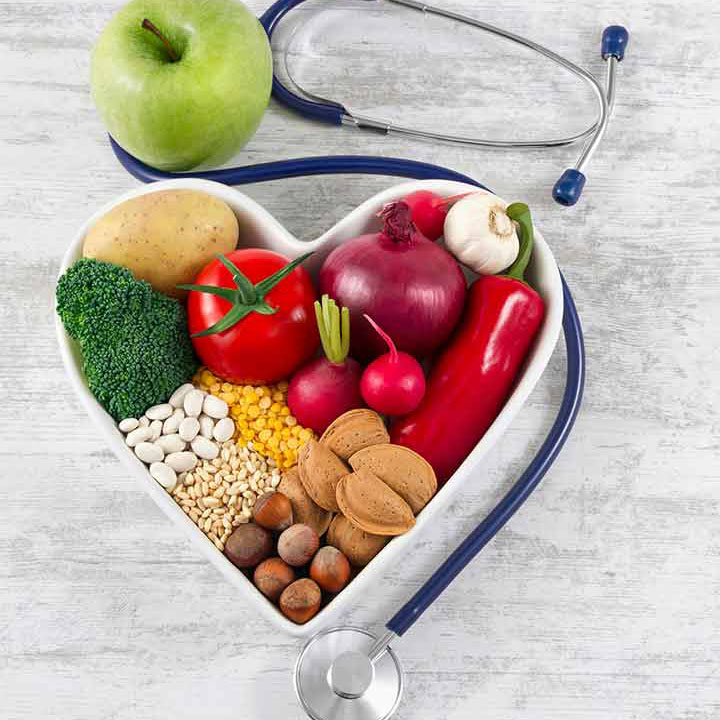The Power of Beets- From Beetroot and Stalks to Leaves
If there was ever a vegetable worthy of the superfood label, it would be beets. These vibrant, earthy gems, with their rich taste and incredible nutritional profile, have been a staple in cuisines across the globe for centuries. And there’s much more to this root vegetable than meets the eye; every part of it, including the often-discarded stalks and leaves, is teeming with benefits. Here, we delve into the myriad advantages of eating beets and their stalks and leaves, as well as provide some handy tips on how to include these parts in your meals.
Health-Packed Beetroot
Let’s begin with the part most people are familiar with – the beetroot. The reddish-purple bulb provides a host of health benefits:
Rich in Nutrients
Beetroot is packed with essential nutrients, including fiber, folate (vitamin B9), manganese, potassium, iron, and vitamin C. These nutrients are vital for maintaining overall health and well-being.
Heart Health
Thanks to their high nitrate content, beets can lower blood pressure, reducing the risk of heart disease and stroke. These nitrates improve the function of mitochondria, the powerhouses of our cells, leading to increased energy and stamina.
Boosts Digestive Health
High in dietary fiber, beetroot aids in maintaining a healthy digestive system by promoting regular bowel movements and preventing digestive conditions like constipation, inflammatory bowel disease, and diverticulitis.
Antioxidant Properties
The betalains found in beetroot have potent antioxidant and anti-inflammatory properties, helping to protect cells from damage and potentially reducing the risk of chronic diseases.
Using Beetroot
You can roast, boil, or steam the root and add it to salads or sides. Beetroot also makes a tasty addition to smoothies and juices, or try pickling it for a tangy treat.
Stalk the Benefits
While beet stalks might not be the first thing you reach for in the produce aisle, they’re actually quite nutritious:
Rich in Nutrients
Beet stalks are high in vitamins A and C, as well as potassium, making them a nutrient-dense addition to any meal.
Low in Calories
Adding beet stalks to your dishes is a great way to increase volume without significantly upping your calorie intake.
High in Fiber
Like the root, beet stalks are rich in fiber, supporting digestion and contributing to feelings of fullness.
Using Beet Stalks
Their texture and taste are somewhat akin to chard, making them great for stir-fries and sautés. You can also roast them with a bit of olive oil, salt, and pepper for a simple, tasty side dish.
Leave No Leaf Unturned
Beet leaves are arguably the most underappreciated part of this versatile vegetable. However, they’re teeming with goodness:
Packed with Vitamins
Beet leaves are an excellent source of vitamins A, C, and K. Vitamin A supports eye health, vitamin C boosts the immune system, and vitamin K plays a crucial role in blood clotting and bone health.
High in Iron and Calcium
These minerals are essential for the production of red blood cells and for maintaining bone health, respectively.
Full of Fiber and Protein
Beet leaves are a surprising source of both fiber and protein, aiding in digestion and providing a valuable nutrient for muscle maintenance and growth.
Using Beet Leaves
Beet leaves can be used much like spinach or Swiss chard. Sauté them with garlic and olive oil for a quick side, toss them in salads, or add them to soups or stews. They also make a fantastic base for a nutritious green smoothie.
Eating the entire beet plant – roots, stalks, and leaves – is not just beneficial for our health but also for the environment. By using all parts of the vegetable, we reduce food waste, making our cooking habits more sustainable. This is crucial in our collective effort to combat climate change and protect our planet’s resources.
Delightful Dishes to Try
Here are a few recipe ideas that highlight the versatility of beets and use the whole vegetable:
Roasted Beetroot and Sautéed Stalks and Leaves
Roast your beets with a drizzle of olive oil, salt, and pepper until they’re tender and slightly caramelized. In the meantime, chop the stalks and leaves and sauté them with garlic and red pepper flakes for a spicy kick. Combine everything for a dish that’s equal parts sweet, savory, and spicy.
Beetroot Soup with Crispy Beet Leaves
Make a creamy, heartwarming beetroot soup with onions, garlic, and vegetable broth. Meanwhile, toss your beet leaves in olive oil and sea salt and roast them until crispy. Top your soup with these for a delightful crunch.
Beetroot, Stalk, and Leaf Smoothie
For a nutrient-packed breakfast, blend together beetroot, beet stalks, beet leaves, a banana for sweetness, and a splash of almond milk. Add a spoonful of chia seeds for extra fiber and omega-3s.
Beet Green Pesto Pasta
Instead of basil, use beet leaves to make a unique pesto sauce. Blend with garlic, pine nuts, Parmesan, and olive oil, then toss with your favorite pasta. Garnish with roasted beet chunks and sautéed stalks.
In conclusion, the humble beetroot, its stalks, and leaves are nutritional powerhouses that offer a wealth of health benefits. From boosting your nutrient intake to supporting heart health and digestion, these parts of the beet are all worthy of a spot on your plate. So, the next time you buy beets, remember to keep the whole vegetable – your body and the planet will thank you.




